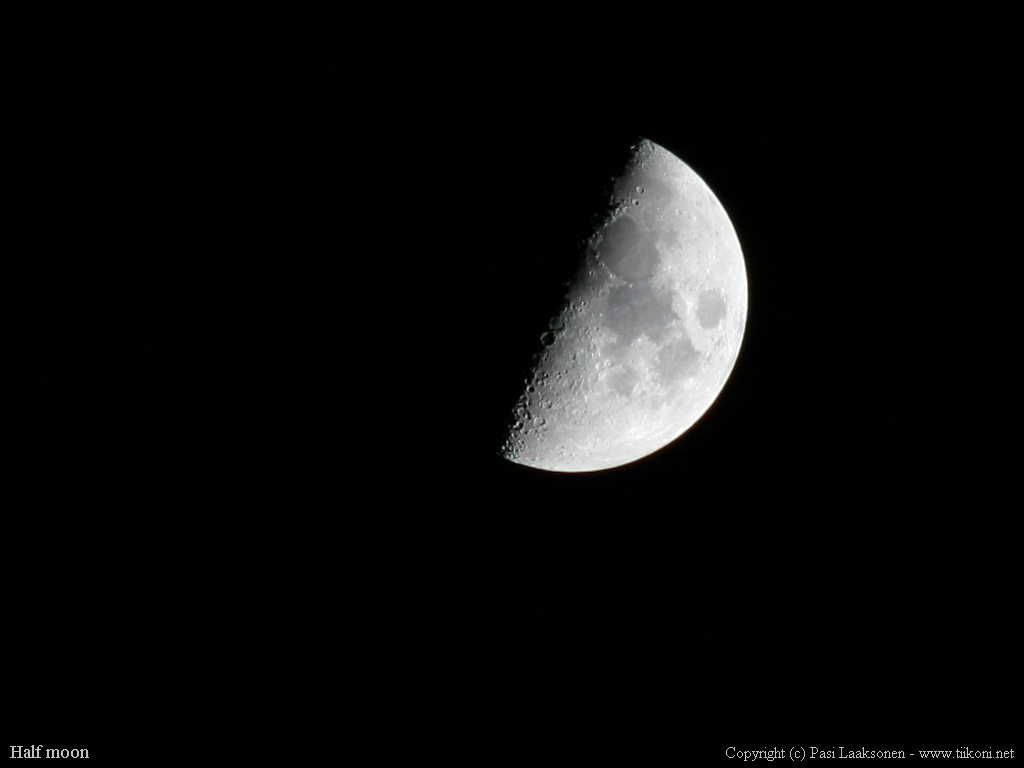Multiple light sources are normally easy. But probably not on the scale ELITE is trying to do them. Common shortcuts stop working when you're doing the maths for projecting shadows through a planets rings onto the wheels of an SRV. At least I assume that's the issue.
It'd be curious to read what the technical issue is.
One of the most oft cited thing you can do to increase frames per second in video games - kill shadows. Lighting and shadows are very resource intensive, and dynamically altering them in real time compounds that cost.
Want to see this for yourselves? Pick a decent game you have that has dynamic lighting and shadows. Bump the lighting/shadows options to their max settings, enter the game and check your frames per second. Now, kill the shadows totally, see the difference in your frames per second. Witcher III is good for this, as is just about any game released in the past few years that has good dynamic lighting and shadows in it. Keep in mind, MOST of these games, even though they have dynamic lighting and shadows and use multiple light sources, they do NOT create dynamic shadows for anything but the character/avatar of the player, everything else is typically baked in. It's a great way to make it APPEAR that you have multiple dynamic light sources without actually using them on everything in the game space in real time, basic trick that works good in enclosed environments, combined with various LoD and PoV tricks to cull things from being rendered.
Elite, no baked shadows, you can see this by going into a big station that has the mailslot facing a star and watching the light/shadow interplay as the station rotates, some good videos on Youtube showing this. Single light source, dynamic shadows, and it's not too hard on our systems, provided we've got decent hardware, if you crank up the details. Add another light source and things change rapidly and for the worse. And we've got systems with 3 or more major light sources in them, I've seen 5 G and F class stars in a single system all within 1000 LS of the central star, that's a LOT of dynamic lighting and shadows to be calculating and rendering in real time.
The technical issue, it's expensive in overhead, takes a lot to do the math and more to do the rendering, with the sheer size of the game space in Elite Dangerous complicating that by a huge amount. Seems like it'd be easy to most people, it's just light and shadow after all right? And that's why I said most people don't have experience with this because it's NOT easy, anyone who's done this stuff knows this and understands why Elite does it the way they do it currently. David said they are working on making it better, more light sources being used, rings on planetary surfaces, but he won't give a time scale because he can't. Trying to make it work nicely with DX9...I wouldn't want to be tasked with that, no way in hell, and forget making it work nicely on the Mac, not going to happen. DX11 or 12, yeah, that's doable without requiring multiple 970Ti's or better, but that also cuts out a lot of your playerbase...however, since Horizons is pure DX11, it would appear that they are going that way, and that's good.
We'll have to see what Vulkan brings to the table, but since neither Apple NOR MS is supporting Vulkan, I'm losing my faith in that happening...*sigh*




